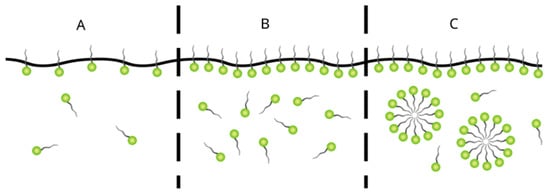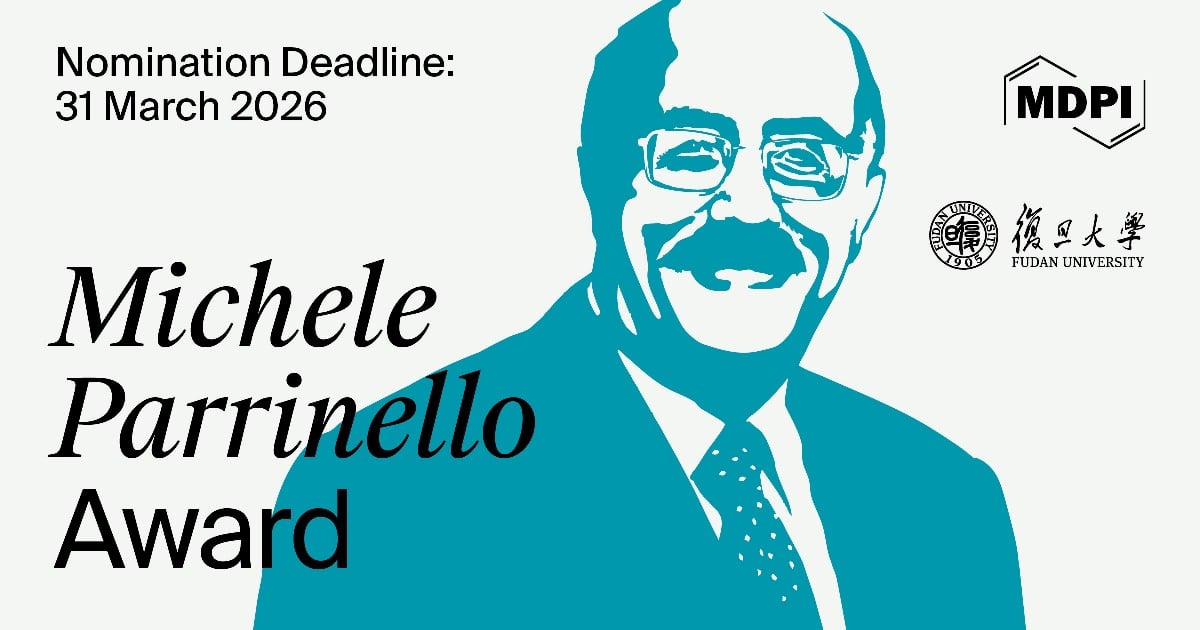-
 Single-Molecule Imaging and Super-Resolution Microscopy of Lipid Domains in Cell Membranes Using Lipid-Binding Proteins and Fluorophore-Conjugated Lipid Analogs
Single-Molecule Imaging and Super-Resolution Microscopy of Lipid Domains in Cell Membranes Using Lipid-Binding Proteins and Fluorophore-Conjugated Lipid Analogs -
 A New Method for Preparing Cross-Sections of Polymer Composite Membranes for TEM Characterization by Substrate Stripping and Double-Orientation Embedding
A New Method for Preparing Cross-Sections of Polymer Composite Membranes for TEM Characterization by Substrate Stripping and Double-Orientation Embedding -
 Ergothioneine Thione Spontaneously Binds to and Detaches from the Membrane Interphase
Ergothioneine Thione Spontaneously Binds to and Detaches from the Membrane Interphase -
 Effect of Seed Size on Pervaporation Performances Through FAU Zeolite Membrane
Effect of Seed Size on Pervaporation Performances Through FAU Zeolite Membrane
Journal Description
Membranes
- Open Access— free for readers, with article processing charges (APC) paid by authors or their institutions.
- High Visibility: indexed within Scopus, SCIE (Web of Science), Ei Compendex, PubMed, PMC, CAPlus / SciFinder, Inspec, and other databases.
- Journal Rank: JCR - Q2 (Polymer Science) / CiteScore - Q1 (Chemical Engineering (miscellaneous))
- Rapid Publication: manuscripts are peer-reviewed and a first decision is provided to authors approximately 15.3 days after submission; acceptance to publication is undertaken in 3.3 days (median values for papers published in this journal in the second half of 2025).
- Recognition of Reviewers: reviewers who provide timely, thorough peer-review reports receive vouchers entitling them to a discount on the APC of their next publication in any MDPI journal, in appreciation of the work done.
Latest Articles
E-Mail Alert
News
Topics
Deadline: 15 March 2026
Deadline: 31 March 2026
Deadline: 25 April 2026
Deadline: 20 June 2026
Conferences
Special Issues
Deadline: 20 January 2026
Deadline: 20 January 2026
Deadline: 20 January 2026
Deadline: 20 January 2026






























